 Non-profit organizations play an important role in strengthening tight-knit communities and delivering essential services. Yet, many non-profits face risks that can threaten their ability to advance their causes. These can include compliance issues, liability claims, data breaches, community relationship struggles, and more.
Non-profit organizations play an important role in strengthening tight-knit communities and delivering essential services. Yet, many non-profits face risks that can threaten their ability to advance their causes. These can include compliance issues, liability claims, data breaches, community relationship struggles, and more.
For non-profit organizations in Hawaiʻi, proactive risk management is essential for building sustainable strategies that protect and advance their businesses. This article aims to help non-profit business owners, strategists, managers, and leaders consider the risks facing their business and the strategies they can use to operate safely.
What are the Top Risks Facing Non-Profit Organizations?
Despite their distinct risks and business model, non-profits are susceptible to many of the same risks as for-profit businesses. Managers, owners, contributors, and strategists alike should know about these risks to help their business prepare:
- Staff Liability: This refers to liabilities related to unpaid and often untrained employees, which can result in injury or misconduct.
- Compliance Risks: This can refer to board misconduct, failures of oversight, or tax mistakes.
- Cybersecurity Risks: Data must be kept private and secure to avoid compromises of trust and potential legal action.
- Mismanagement: Internal theft, grant misuse, or improper income reporting can be huge liabilities for non-profits.
- Reputational Damage: Scandal, ethical missteps, or cultural mistakes can escalate into bad press and reputational harm.
- Event Risks: Many non-profits host public events, including community events and charities, which come with accident liabilities that most businesses do not face on a daily basis.
Successful risk management for non-profit organizations does not mean avoiding all risk at all costs. Rather, it means recognizing the most essential workflows, identifying the most prevalent risk factors for the specific business, and deploying strategies that protect people, resources, and reputations in those situations.
How to Reduce Organizational Risk Step-by-Step
Risk management should be customized for the needs of each business. However, managers can use this simple list to adapt their plans for risk management, including assessment, governance, training, finances, and more.
1. Conduct a Risk Assessment
Risk assessments help organizations understand their specific areas of vulnerability and prioritize the risks with the most likelihood and potential impact on their operations. Experienced local insurers often offer free consultations to help non-profit organizations create a detailed risk assessment.
2. Refine Governance
 A non-profit’s board can be a strategic asset or a liability, depending on how it is governed. By properly training the board on compliance, grant restrictions, tax laws, ethical standards, and budgeting practices, non-profit organizations can mitigate their risk for management-related liabilities. Establishing clear by laws and conflict of interest policies can also provide valuable safety nets for non-profits in case of financial or legal liabilities.
A non-profit’s board can be a strategic asset or a liability, depending on how it is governed. By properly training the board on compliance, grant restrictions, tax laws, ethical standards, and budgeting practices, non-profit organizations can mitigate their risk for management-related liabilities. Establishing clear by laws and conflict of interest policies can also provide valuable safety nets for non-profits in case of financial or legal liabilities.
3. Protect People
A non-profit organization should protect its staff as part of its risk management plan, regardless of whether staff are paid, volunteers, or a mix of both. Protection in this case refers to several essential processes, such as background checks for employees, safety and ethics training programs, formal incident reporting protocols, workers’ comp, and general liability insurance.
4. Increase Cybersecurity
Today’s businesses rely on sensitive personal, payment, and performance data to operate. To prevent liabilities to important donors and the risk of damaging the reputation of the organization, non-profits should increase and modernize their cybersecurity strategies.
Their updates should include creating regular backups of important data, training employees on common data scams, retaining and updating access controls, purchasing cyber liability insurance, and partnering with secure software vendors.
5. Improve Training
Non-profits can reduce risk by creating detailed emergency plans for natural, financial, medical, or reputational disasters. Running trials with the team and updating response training plans as needed can help businesses reduce the impact of these events.
6. Clarify Finances
Financial practices that are transparent and well-documented pose a smaller risk to the non-profit’s reputation in case of an error, fraud, or other disturbance. Several practical security measures can be used to lower the risk of a document breach, including requiring dual signatures, performing internal audits, using multiple bank accounts, and clearly documenting all expenses and income.
7. Review Coverage
Regular reviews of the current coverage is recommended for all organizations to make sure their protections evolve to match their size and goals. Policies should be checked annually to find common coverage gaps, including insufficient liability limits, a lack of coverage for a new program, and outdated cybersecurity protocols.
Partner with Atlas Insurance to Create Effective Risk Management Strategies for Non-Profit Organizations

The steps we’ve outlined can help non-profit business leaders mitigate risk in their organization. However, risk can come from any angle, from financial mismanagement to natural disasters or reputational disruption. Experienced local insurance agencies can help non-profit organizations in Hawaiʻi avoid lawsuits, compensate their employees, and fulfill their missions with as few risks as possible.
Contact our team at Atlas Insurance today to learn how our local expertise can help guide your operations toward fewer liabilities and greater protection.
